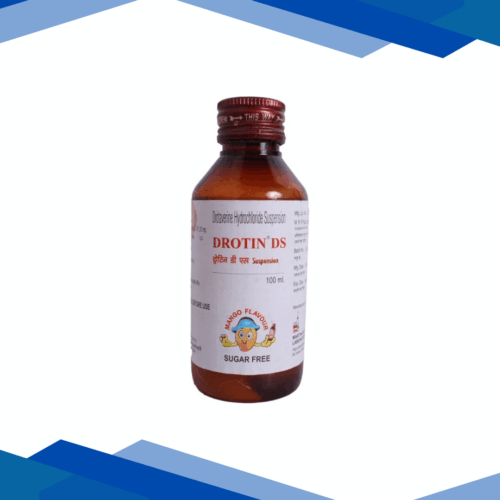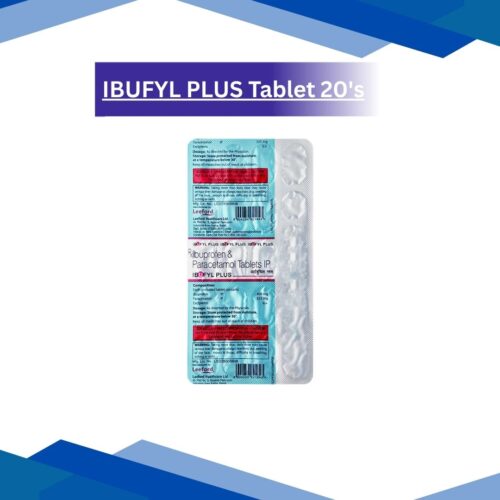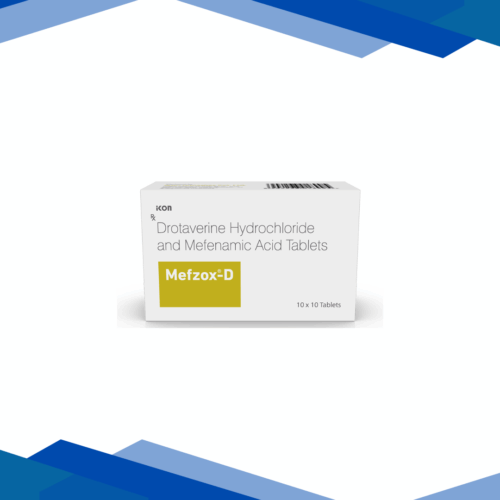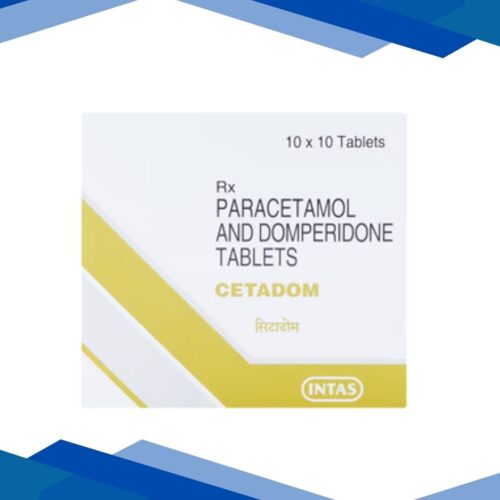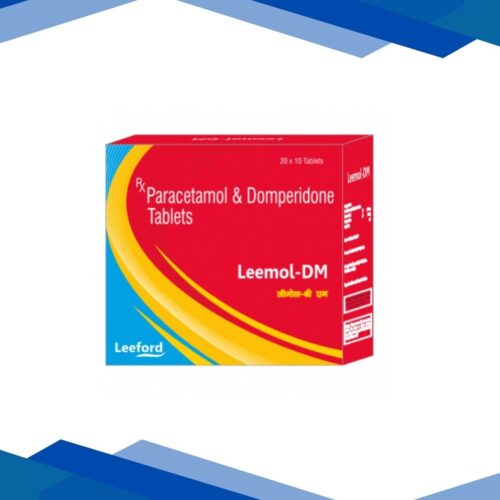Dvn Forte
No Prescription yet? Don’t worry! Click Here to Get Online Consultation
Why Prescription is Required?
✅ Providing Right Medicines
Prescriptions are complex documents. We proofread and recheck at various steps to provide you the right medication in the correct form and dose.
⚖️ Helps Comply with the Law
Most medicines cannot be sold without a valid prescription, as per the Drugs and Cosmetics Act, 1940 and Rules, 1945.
Book Appointment with Doctor
Dvn Forte tablet are used together to relieve pain, cramps, and fever caused by menstrual discomfort, stomach spasms, or muscle aches.
Drotaverine relaxes muscles to ease cramps, while Paracetamol reduces pain and lowers fever. Together, they provide gentle and effective relief, helping you feel comfortable and at ease. For more details kindly click on Medicine Salts below:
Drotaverine Hydrochloride
DROTAVERINE HYDROCHLORIDE
Overview
Drotaverine hydrochloride is widely used to reduce pain and discomfort caused by involuntary muscle contractions in the stomach, intestines, urinary tract, and uterus. It is commonly prescribed for abdominal pain, menstrual cramps, and urinary spasms. It comes in the form of oral tablets or injections for fast relief.
Classification
Antispasmodic medicine
Uses
Helps relieve stomach and intestinal cramps caused by indigestion, gas, or colic
Eases menstrual pain and uterine spasms
Reduces discomfort from kidney stones or gallbladder pain
Used in urinary tract infections or spasms to relax bladder muscles
Sometimes given to speed up labor by relaxing the cervix and uterus
How It Works
Drotaverine hydrochloride works by blocking the action of a specific enzyme (phosphodiesterase-4) involved in muscle contraction. This leads to the relaxation of smooth muscles, which reduces pain and improves movement in affected areas like the intestines, uterus, or urinary system.
Dosage
As prescribed by your doctor.
Side effects
Most people tolerate it well, but some may experience:
Nausea or vomiting
Headache or dizziness
Drop in blood pressure (hypotension)
Flushing or excessive sweating
In rare cases: allergic skin reactions or palpitations
Precautions
Avoid use in people with severe liver, kidney, or heart conditions unless advised by a doctor
May cause drowsiness or lightheadedness—be cautious while driving or doing tasks requiring focus
Not recommended during the first trimester of pregnancy unless specifically prescribed
Let your doctor know if you have glaucoma, prostate enlargement, or low blood pressure
Do not exceed the prescribed dose, especially if combining with other painkillers or muscle relaxants
Disclaimer
This content is for informational purposes only. Always consult a healthcare provider for medical advice and proper dosage
Paracetamol
PARACETAMOL
Overview
Paracetamol is a commonly used medication that helps relieve mild to moderate pain and reduce fever. It’s often used for:
Headaches
Toothaches
Muscle and back pain
Menstrual cramps
Cold and flu symptoms
It’s available over-the-counter and is considered safe when used as directed.
Classification
Analgesic and antipyretic agent
Uses
Paracetamol is used for pain relief and fever. It is used to relieve pain in conditions like headache, muscle pain, or dental pain.
How it works
When you produce a fever, your body’s internal thermostat — found in the hypothalamus portion of the brain — is raised to a higher temperature. This new set point is usually induced by pyrogens (substances made during infections) that tell the body to produce more heat as a form of immune defense.
Due to its effects in the brain, paracetamol reduces the production of reactive prostaglandins. Prostaglandins are disease-fighting chemicals released during infection that in turn, raise the body’s temperature set point. By decreasing prostaglandin levels, paracetamol enables the hypothalamus’ temperature control centre to bring the body’s temperature back down to normal, allowing the body to cool down and the fever to subside
Dosage
As directed by the physician
Precautions
Most people can take paracetamol safely, including:
pregnant women
breastfeeding women
children over 2 months of age – lower doses are recommended for young children
always get advice before taking paracetamol if you:
have liver or kidney problems
have problems with alcohol, like long-term alcohol misuse
are very underweight
are taking other medications
Don’t take paracetamol if you’ve had an allergic reaction to it in the past
Side effects
common side effects of paracetamol.
Nausea
Swelling
Vomiting
Pain
Tenderness in the upper abdomen
Sweating
Loss of appetite
Stomach cramps
Diarrhea
Major side effects are as follows:
Dark-colored urine
High fever
Lower backache
Skin having red spots
Rashes
Inflammation
Itching
Sore throat
Ulcers
Breathlessness
Yellowish eyes
Disclaimer
This content is for informational purposes only. Always consult a healthcare provider for medical advice and proper dosage.








